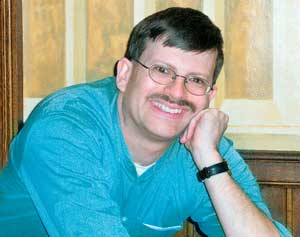My Weakness
Collector Chats
My love for tall case clocks goes back decades to my graduate school days when I was actively researching and writing about furniture from the 18th century. When studying regional furniture, clocks are a great source of information. If one can identify a clock by maker and location then one can get a reasonable geographic range of where the case was produced. And a quick reminder that other than a few cases, clockmakers purchased their cases from local cabinet shops.
A few years later I was talking to my friend and mentor John Snyder. Now John was the king of tall case clock collecting. Yes, there are many collectors out there in the world of clocks, but John was the only private collector that I knew who had more than 120 clocks in his personal collection. Johns passion was studying regionalism in the clocks, and I learned so much from him about where clocks came from and what made them unique. He had the eye to look at a case and immediately tell you that it was from Jonestown, Lebanon County, or perhaps made by a shop along the Susquehanna River between Harrisburg and Marietta. Years of study had honed his skills to see those quirks in the cases that pointed to where a piece was made.
Personally, at that time, I could never have afforded a tall case clock. They were the purview of the lawyers. As I used to joke, there was not a single lawyer in Lancaster County who did not have at least one tall case clock in their offices. Like in the 18th century, they were the most valuable thing for many people to own. I watched as clocks went from four to five to six figures. It was a fever of collecting that I thought would never break.
Well, the fever broke when the market in brown furniture came apart. The passion for a clock in every counselors office was gone, and the prices fell. Now, mind you, the very rarest clocks still bring solid prices, and, of course, if it is a brass dial eight-day movement then values are also solid. But for the guy who really was passionate about clocks but could never afford them, it is now a whole new world. Last week at Conestoga Auction Co., I ended up buying three clocks. Yes, after the first one it became far too easy to bid. And so in the end, as I write this column, I cannot tell whether it is 1 or 3 p.m., because of the number of clocks that are chiming.
"Born to collect" should be the motto of Peter Seibert's family. Raised in Central Pennsylvania, Seibert has been collecting and writing about antiques for more than three decades. By day, he is a museum director and has worked in Pennsylvania, Wyoming, Virginia and New Mexico. In addition, he advises and consults with auction houses throughout the Mid-Atlantic region, particularly about American furniture and decorative arts. Seibert's writings include books on photography, American fraternal societies and paintings. He and his family are restoring a 1905 arts and crafts house filled with years' worth of antique treasures found in shops, co-ops and at auctions.

Peter Seibert
Peter Seibert, a native Pennsylvanian, grew up in the antiques business and remains closely tied to auction houses, collectors, and dealers. Professionally, he has served as museum director and public historian in Pennsylvania, New Mexico and Virginia. He holds an M.A. in American Studies from Penn State and has authored two books and numerous articles on decorative arts, interior design, and history.






